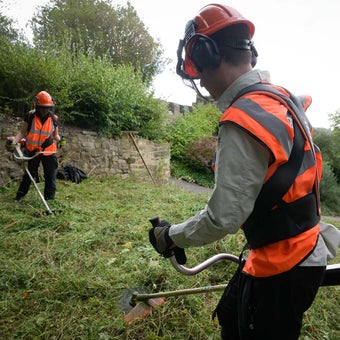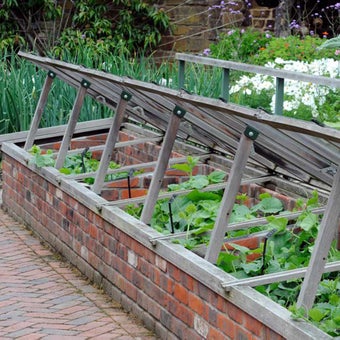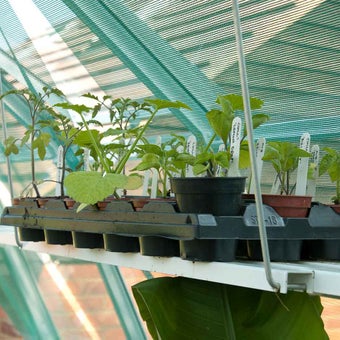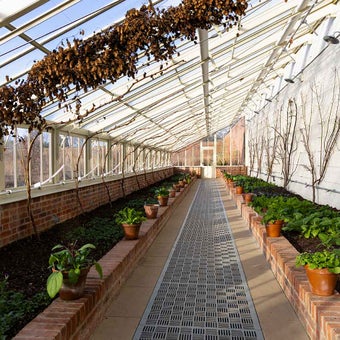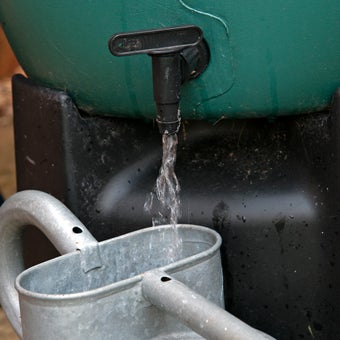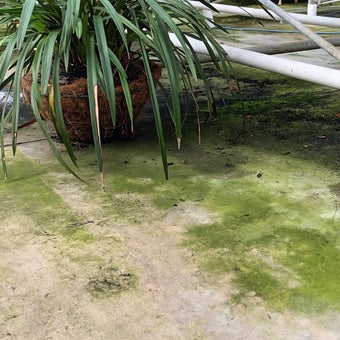
Quick facts
Cleaning the glass is most beneficial, but if you have time, sweeping up debris and giving everything a good scrub will help you grow the healthiest plants
It is usually a job for spring or autumn, but can be carried out between crops at any time of year
No specialist equipment is needed, just some time and elbow grease
There is no need to use cleaning products as warm water is sufficient
Getting started
There are several benefits to a clean, tidy and well-maintained greenhouse:
- Improved germination and optimal plant growth, as clean panes let in more light
- Reduced risk of pest and disease problems, as there are fewer places for insects and disease spores to hide
- A more organised and efficient working environment, as everything is clean, tidy and ready to use
- A longer lifespan for your greenhouse, as you keep the structure in good condition and address any issues promptly
All types of growing structures, including glass and plastic greenhouses, polytunnels and garden frames, should be cleaned at least once a year. However gardeners who use theirs intensively may prefer to carry out cleaning biannually.
When to clean
You can clean your greenhouse at any time of year. However, the aim is to have the greenhouse clean and ready for when you are mainly growing plants.
Early spring cleaning gets your greenhouse ready for the ahead and maximises the light available, preventing from becoming leggy. If you have to take plants outside to clean, make sure you do this on a calm, mild day (ideally about 7°C for most tender plants) so they don’t get chilled.
Late summer is a great time to clean if you just overwinter some tender plants inside your greenhouse. At this stage, you’ll probably just have some softwood or semi-ripe that you have potted up for next year, so the greenhouse is fairly easy to empty and clean. You’ll then be ready to bring inside tender plants such as fuchsias and succulents before the first frosts of autumn.
Autumn cleaning takes place after summer crops such as tomatoes have finished and been removed. It’s a great time to check the greenhouse over so that it can withstand winter weather and allows overwintering plants to make the most of limited winter sunlight. The usually mild weather also means you can safely move any permanent greenhouse plants outside while you carry out cleaning.
Winter is the perfect option if you don’t overwinter any plants and the greenhouse is empty.
Safety first
To keep yourself safe, only attempt to clean gutters and glazing that are easy to reach. Use long-handled tools for harder to reach sections and have a second person with you if working up a ladder. Be sure never to put your body weight against glazing or lean over the roof, and wear gloves if handling glass or metal fixings.
Set aside a day for cleaning your greenhouse, ideally when it is forecast to be mild, dry and calm.
What you’ll need to clean your greenhouse:
- Gardening gloves and rubber gloves
- A long-handled brush or rake
- A bucket for collecting leaf litter and debris
- Buckets of warm water (or warm soapy water if cleaning propagation equipment or your water butt)
- A small stiff brush
- A soft cloth or sponge
- A watering can or hose
How to clean your greenhouse in nine simple steps
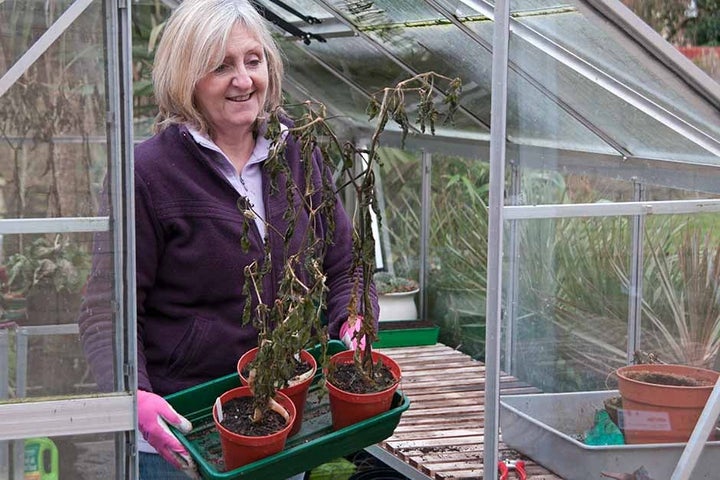
- Remove plants and equipment Move plants outside, ideally to a sheltered spot such as up against a house wall. Cover tender ones on cool days with for protection or move them indoors. Compost any unwanted or dead plants. Carry outside the staging, pots, propagators and any other equipment until the greenhouse is completely empty.
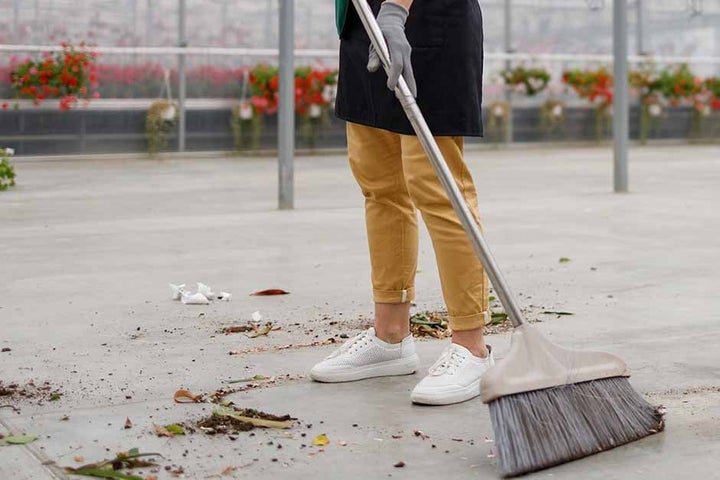
- Sweep up debris Use a small, stiff brush to dislodge soil and debris from the greenhouse frame, getting right into corners and crevices. Then use a long-handled brush (or rake if the floor is gravelled) to gather up leaf litter, plant labels, bits of and other debris from the floor. Add any to your home compost or green waste recycling bin.
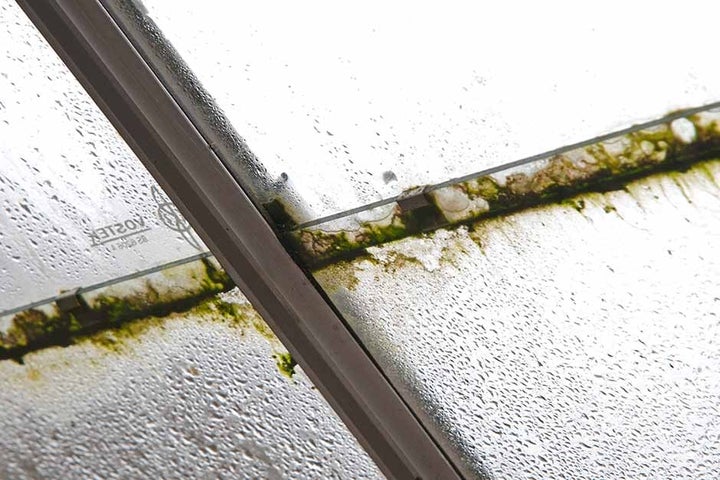
- Ease out trapped dirt Use a flexible scraper, such as a plastic plant label, to remove trapped dirt and moss from between panes of glass. Then use a brush to dislodge moss and bigger bits of dirt from the edges and corners of glazing ahead of washing it.
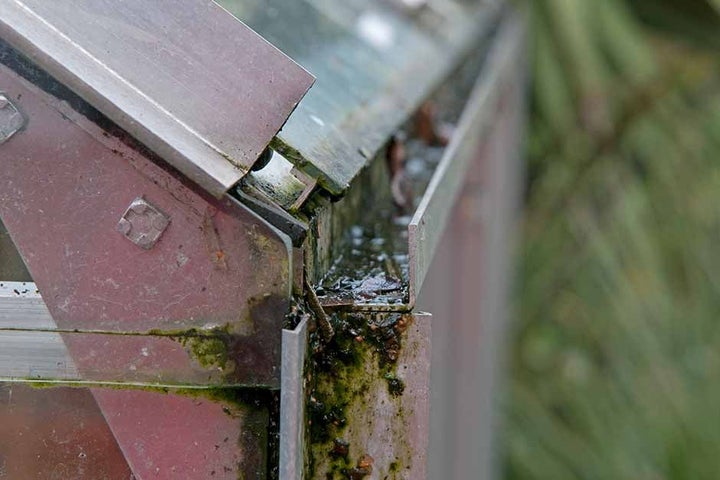
- Clean greenhouse guttering Wearing a pair of rubber gloves, scoop out leaves, moss and other debris that has accumulated in the gutters. Check for blockages at the top of fall pipes, clearing any with a wire coat hanger. Sluice away remaining dirt with a hosepipe or watering can, diverting this into a bucket for use on the garden.
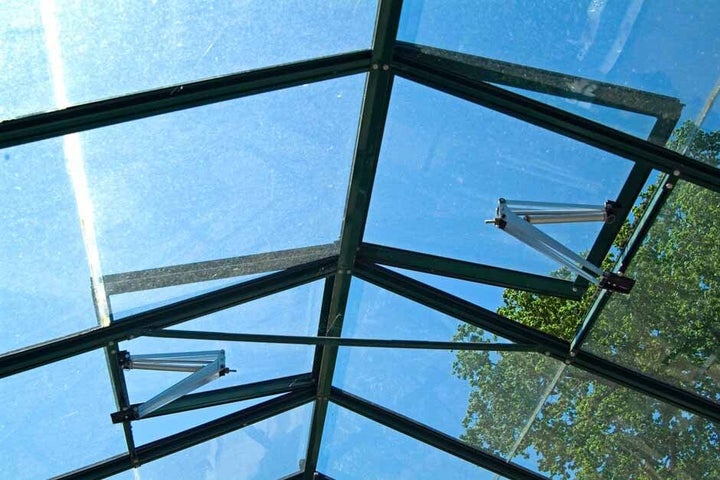
- Clean the glazing Use warm water and a soft cloth or sponge to clean each pane of glass, inside and out. Avoid using scourers or wire brushes as they can scratch the glass.
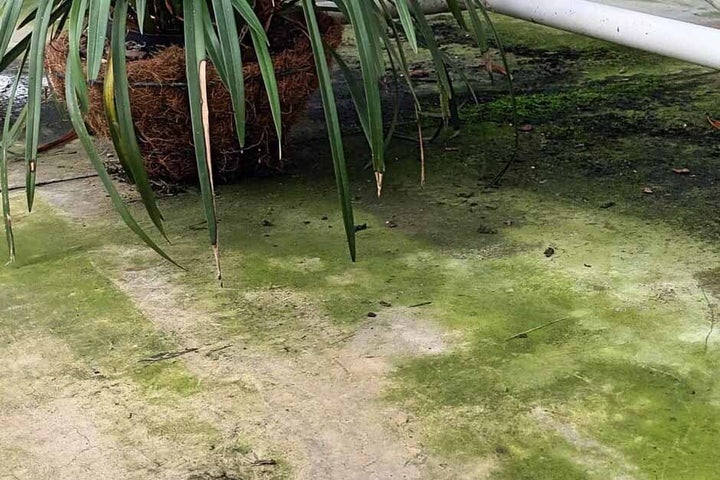
- Clean the floor If your greenhouse has a concrete or paved floor, scrub it clean with warm water and a stiff brush. Leave the door and vents open so your greenhouse dries quickly.
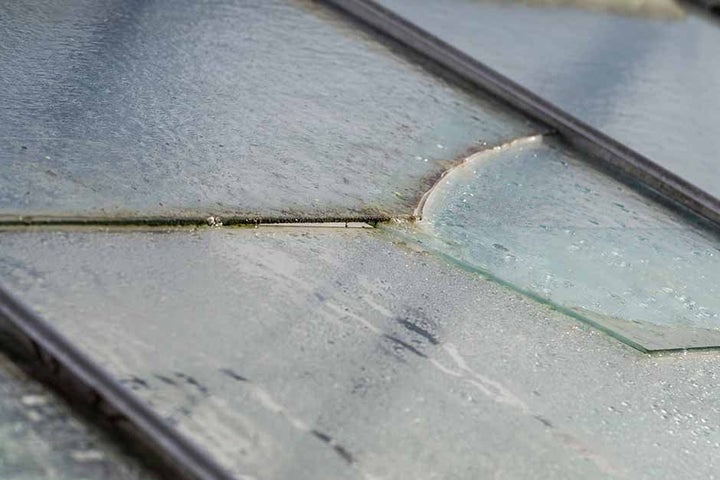
- Replace broken parts Use this opportunity to replace any missing or cracked panes and to oil vent joints and latches.
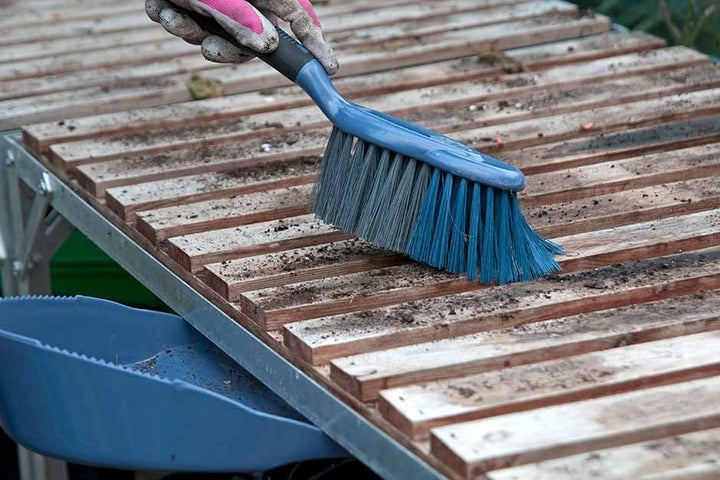
- Clean equipment Give staging and equipment a clean before moving it back in. Scrub staging down with a stiff brush and warm water, paying particular attention to the underneath and the gaps between slats. Clean propagation equipment and pots in warm soapy water.
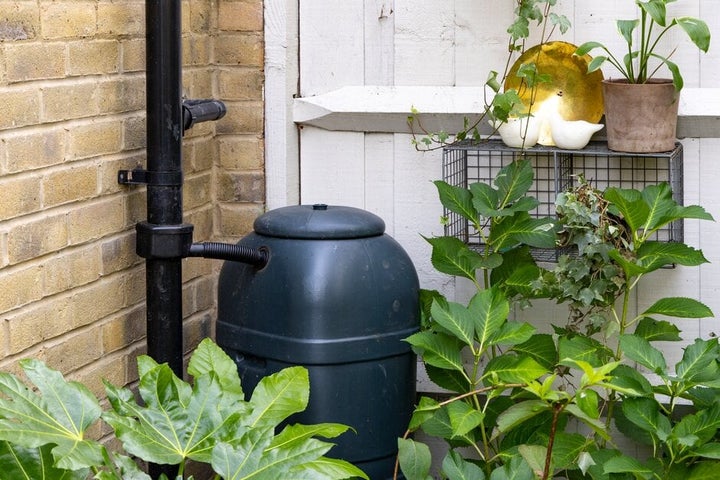
- Clean out your water butt You may use the opportunity to clean the water butt if it is empty. Scrub it out with a stiff brush and warm soapy water. Pour this down your wastewater drain, then rinse the butt with clean water and pour this down too. Check or fit a filter to rainwater diverters and check the lid of the butt fits tightly in place.
Did you know?
Warm water is generally sufficient to make surfaces clean, but specialist greenhouse and water butt cleaning products are available. Garden centres and large retailers have trained staff who can advise on suitable products for your needs.
